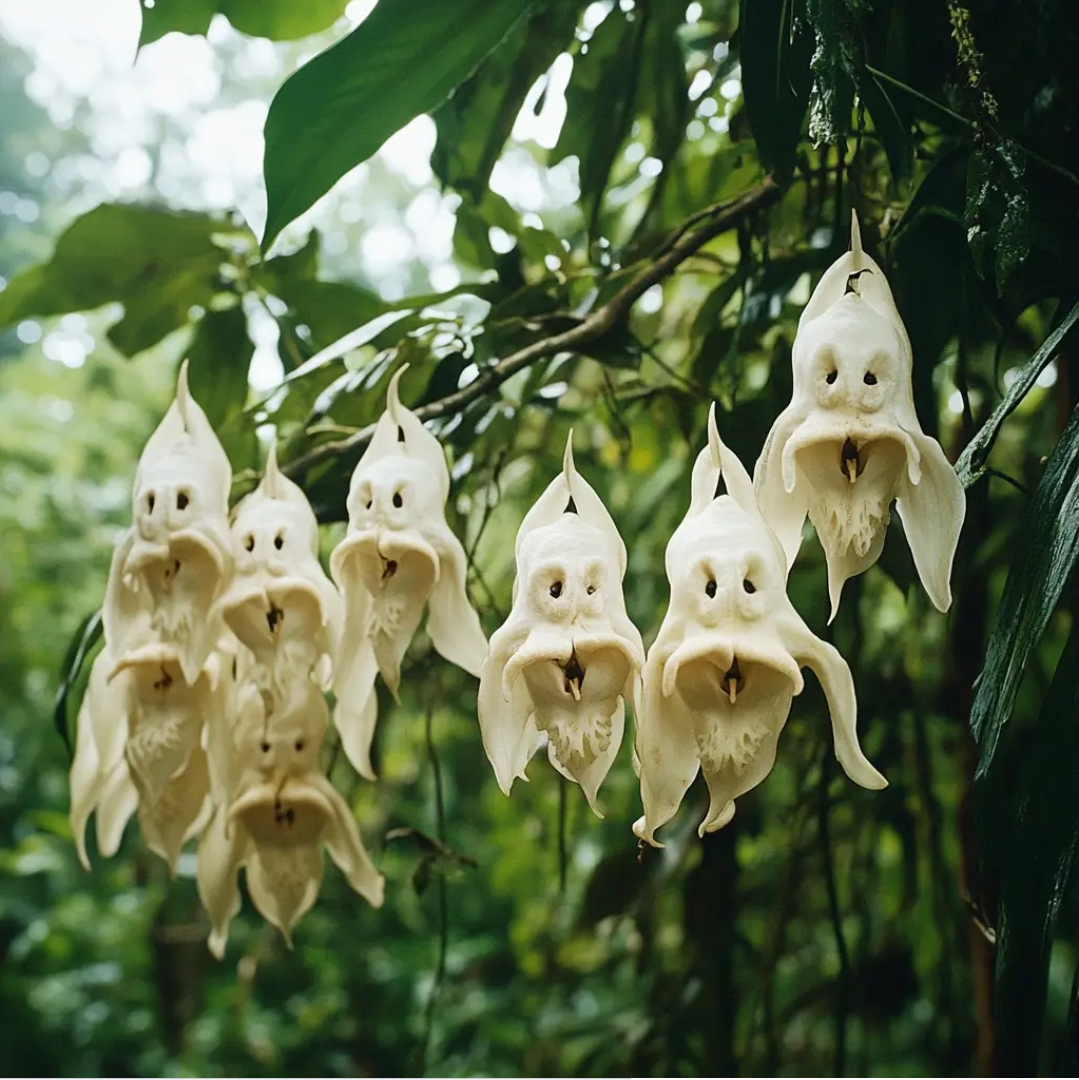The ghost orchid (Dendrophylax lindenii) is one of the most elusive and mysterious orchids in the world. Known for its ethereal beauty and rare blooms, this orchid has captivated the hearts of gardeners and plant enthusiasts alike. However, growing a ghost orchid is no easy task, as it requires specific conditions and meticulous care. In this article, we’ll guide you through the process of cultivating this enigmatic plant, ensuring that you can enjoy its stunning blooms in your own garden.
1. Understanding the Ghost Orchid
Before diving into the cultivation process, it’s essential to understand what makes the ghost orchid unique. Native to the swamps of Florida, Cuba, and the Bahamas, the ghost orchid thrives in warm, humid environments. It is an epiphytic plant, meaning it grows on trees rather than in soil. What sets the ghost orchid apart is its leafless nature, relying on its roots to photosynthesize and absorb nutrients. The orchid’s delicate white flowers, which resemble a ghost in flight, are both rare and fleeting, making them highly sought after by orchid collectors.
2. Creating the Ideal Environment
The ghost orchid’s natural habitat is challenging to replicate, but with careful attention, it can be done. Here are the key factors to consider:
- Humidity: The ghost orchid requires consistently high humidity levels, ideally between 75% and 85%. If you’re growing it indoors, consider using a humidifier or placing the orchid in a greenhouse or terrarium to maintain the necessary moisture levels.
- Temperature: This orchid thrives in warm temperatures, typically between 70°F and 85°F (21°C to 29°C). Avoid exposing the plant to cold drafts or sudden temperature changes, as this can stress the orchid and hinder its growth.
- Light: Ghost orchids need bright, indirect light to flourish. In their natural habitat, they receive filtered sunlight through the canopy of trees. If you’re growing the orchid indoors, place it near a window with plenty of natural light but avoid direct sunlight, which can scorch the plant.
- Air Circulation: Good air circulation is crucial for preventing fungal infections and promoting healthy growth. If growing indoors, use a fan to keep the air moving around the plant.
3. Mounting the Ghost Orchid
Since ghost orchids are epiphytes, they need to be mounted on a host, such as a tree branch, cork bark, or a similar material that mimics their natural environment. Here’s how to do it:
- Choose a Mounting Surface: Select a piece of cork bark, driftwood, or a tree branch that has a rough texture. This will allow the orchid’s roots to attach securely.
- Secure the Orchid: Gently place the orchid on the mounting surface, ensuring that its roots are in contact with the material. Use fishing line, twine, or a specialized orchid wire to secure the plant without damaging the roots.
- Watering: Water the orchid by misting it daily, especially during the growing season. The roots should be kept moist but not waterlogged. In the wild, ghost orchids receive frequent rain showers, so aim to replicate this with regular misting.
4. Fertilization
Ghost orchids are light feeders, so use a balanced orchid fertilizer diluted to half or even quarter strength. Fertilize the plant every two to three weeks during the growing season (spring and summer). In the fall and winter, reduce the frequency of fertilization as the orchid enters a dormant period.
5. Patience and Blooming
One of the most challenging aspects of growing a ghost orchid is waiting for it to bloom. Ghost orchids can take several years to flower, and even then, the blooms are short-lived, typically lasting only a few weeks. However, the sight of the ghostly white flowers is worth the wait.
Be patient and consistent with your care, and avoid disturbing the orchid once it’s established on its mount. With time, the ghost orchid will reward you with its breathtaking blooms, a testament to your dedication and care.
6. Common Challenges
Growing a ghost orchid is not without its challenges. Here are a few common issues and how to address them:
- Root Rot: Overwatering or poor air circulation can lead to root rot. Ensure that the orchid’s roots are allowed to dry slightly between waterings and that the environment is well-ventilated.
- Pests: Like many orchids, ghost orchids can be susceptible to pests such as spider mites and scale. Regularly inspect your plant and treat any infestations with insecticidal soap or neem oil.
- Failure to Bloom: If your ghost orchid isn’t blooming, it may not be receiving enough light or it could be stressed from improper conditions. Reevaluate the care you’re providing and make adjustments as needed.
Conclusion
Cultivating a ghost orchid is a rewarding yet challenging endeavor. With the right environment, proper care, and a lot of patience, you can successfully grow this enigmatic plant and enjoy its rare, otherworldly beauty. Whether you’re an experienced orchid grower or a passionate plant enthusiast, the ghost orchid will undoubtedly add a touch of mystery and elegance to your collection.
I hope this article helps you with growing ghost orchids! Let me know if you’d like any changes or additional information.
